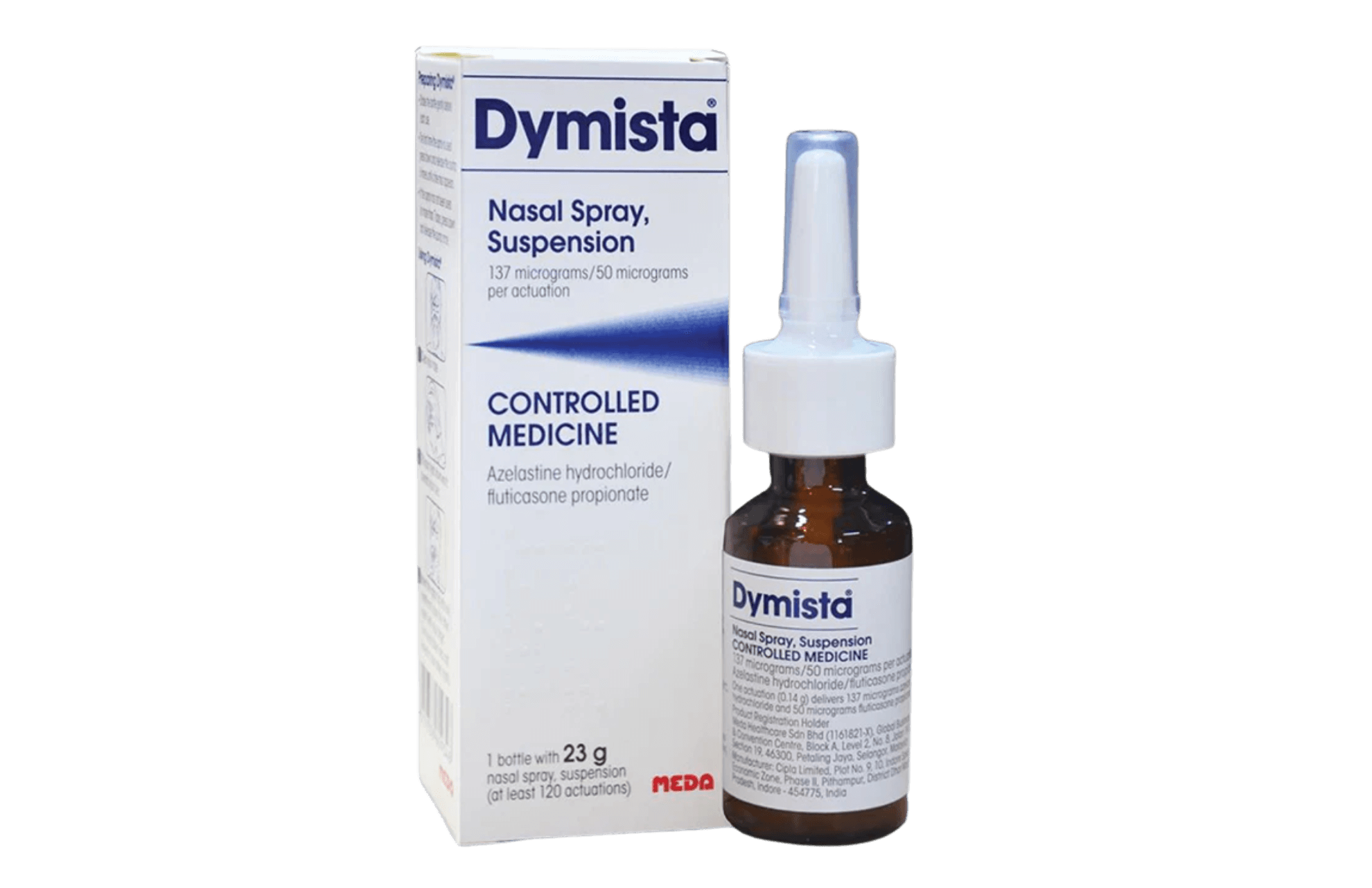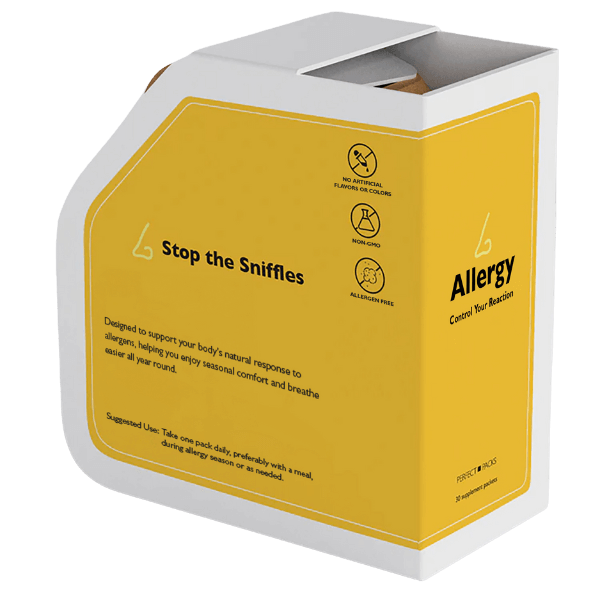Dymista (generic name:
azelastine and fluticasone) is a combination nasal spray prescribed for the treatment of
seasonal allergic rhinitis in individuals aged 6 years and older. This condition is characterized by symptoms such as
nasal congestion, sneezing, itching, and runny nose, often triggered by exposure to pollen, dust mites, or animal dander.
Dymista combines two active ingredients:
azelastine, an
antihistamine that helps reduce the effects of histamine (a natural substance that can cause allergy symptoms), and
fluticasone, a
corticosteroid that reduces inflammation in the nasal passages. By combining these two medications, Dymista targets the underlying causes of allergy symptoms with both an anti-inflammatory and an antihistamine approach.
Azelastine acts by blocking histamine receptors, thereby preventing typical allergic responses such as itching and sneezing. Fluticasone suppresses immune reactions that cause inflammation, reducing nasal congestion and swelling. This dual-action mechanism enhances the overall efficacy of the treatment compared to single-ingredient sprays.
The product works locally in the nasal passages, minimizing systemic absorption and
reducing the risk of side effects that are more common with oral or systemic treatments.
Dosage
Dymista should be used as one spray in each nostril twice daily. Shake the bottle gently before each use. The nasal spray must be primed before initial use and if unused for more than 14 days.
Storage
Store the spray upright at room temperature (20-25°C or 68-77°F). Protect it from light and do not freeze.
Get more advice about safe drug storage.
Common Questions About Dymista
Can Dymista be used daily?
Yes, Dymista is typically prescribed for daily use, specifically one spray in each nostril twice daily, as recommended by the prescribing healthcare provider.
Is fluticasone a strong steroid?
Fluticasone is a potent corticosteroid that effectively reduces nasal inflammation when used in recommended doses. Together, azelastine and fluticasone are used to treat seasonal allergic rhinitis, offering combined antihistamine and anti-inflammatory effects.
Can seasonal allergic rhinitis be cured?
Seasonal allergic rhinitis, commonly known as hay fever, involves symptoms like nasal congestion and sneezing. While no cure exists, treatments like Dymista help manage and reduce symptoms effectively during allergy seasons.
This text is for informational purposes only. Please consult your doctor or pharmacist before using any medication.
Dymista may cause some mild side effects such as drowsiness, nasal dryness or irritation, mild nosebleeds, or a change in the sense of taste. If these persist or worsen, talk to a doctor or pharmacist.
Dymista is prescribed to treat seasonal allergic rhinitis in people who need treatment with both an antihistamine and a corticosteroid. Azelastine is an antihistamine and fluticasone is a corticosteroid. Together they help to reduce the symptoms of seasonal allergic rhinitis. The main symptoms come from inflammation of the lining of the nose, resulting in stuffy nose, itching, and sneezing.














